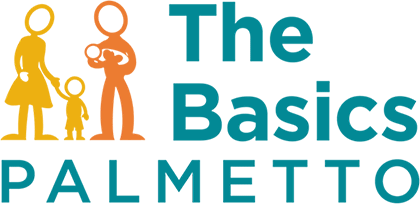FOLLOW THEM Toddlers learn a lot by experimenting on their own. If your child looks like they are concentrating on something, like pouring water in the bath or stacking blocks, stand back for a moment and let them problem-solve for themselves. This is exercise for their brain!
HELP THEM BUILD Use blocks to build a tower. How high can you go? What happens when you knock it over? What other shapes can you and your child build? You don’t need to buy blocks to do this. You can also use cardboard boxes or plastic cups.
MAKE ART Drawing is a good way to exercise little hands and be creative. Put out some crayons and paper. Your child can also experiment with tearing and folding the paper.
ROLL A BALL Roll a ball or a bottle back and forth to develop coordination and teach about cause and effect.
PLAY OBSTACLE COURSE Make a simple obstacle course. You can use blankets, pillows, or boxes. See if your child can go over, under, around, and through these objects.
PLAY HIDE AND SEEK Your child can hide behind the couch or under the table. Or, you can hide objects around the room. This is a great activity for developing their thinking skills.
USE POSITION WORDS In all of these activities, use words like “over, under, near, far, through,” and “around.”
TAKE A WALK Everything is new for young children, so an activity as simple as a walk around the block offers lots of opportunities for exploration. Stop and examine rocks, bugs, or plants. Talk about what you see.
